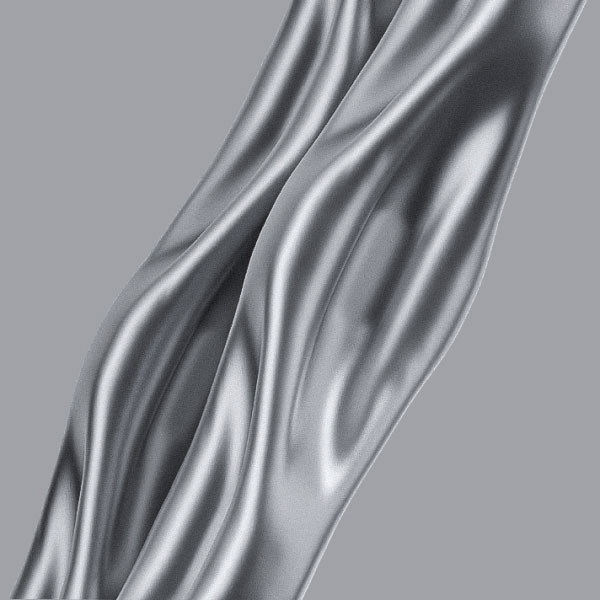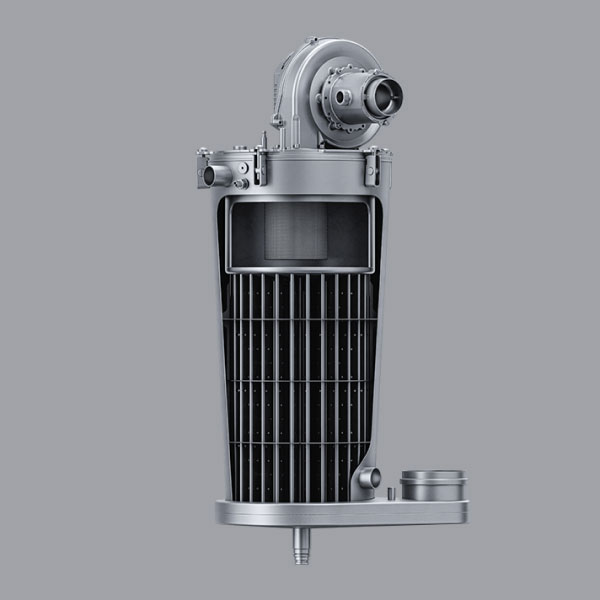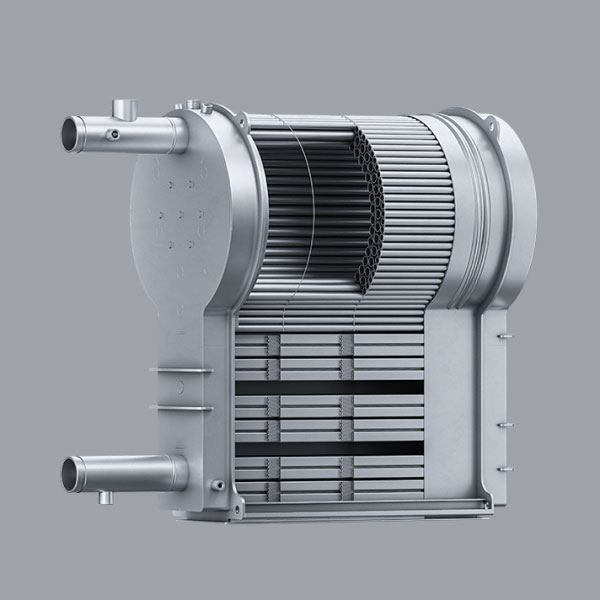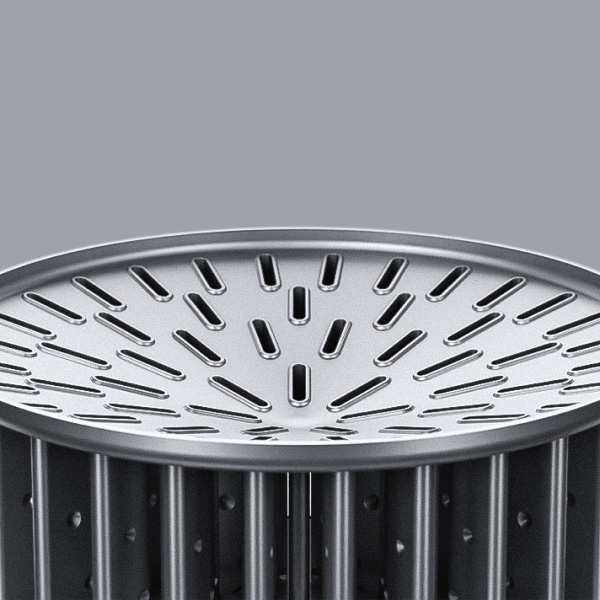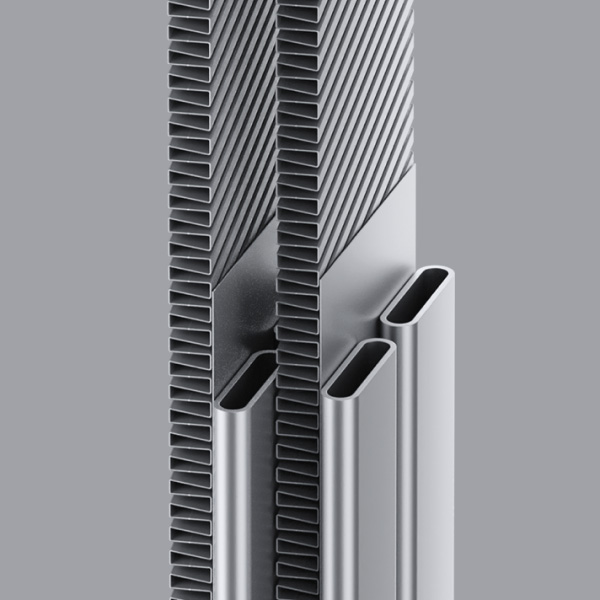Diffusion Bonding
Diffusion bonding is a welding technique that uses heat and pressure to join two or more pieces of metal without any additional material.
Diffusion-bonded heat exchangers from AIC stand out with the ability to operate at extremely high pressure while maintaining a compact design. DBHE heat exchangers are six times smaller than traditional shell-and-tube devices designed to work within the same parameters.
Overview
Diffusion bonding is based on heat and pressure to join two or more pieces of metal without any additional material. The elements being connected are subjected to high pressure, which causes the atoms to diffuse or migrate into each other.
Diffusion bonding involves joining two metal surfaces by causing the atoms on the surfaces to migrate across the interface and intermix with one another. The process takes place at high temperatures and pressures and does not require the use of a brazing alloy or other external filler material.
This method is often used to join materials that are difficult to braze or weld, such as titanium and superalloys. It is also used to join dissimilar materials, such as aluminum and steel. The process is used in a variety of applications.
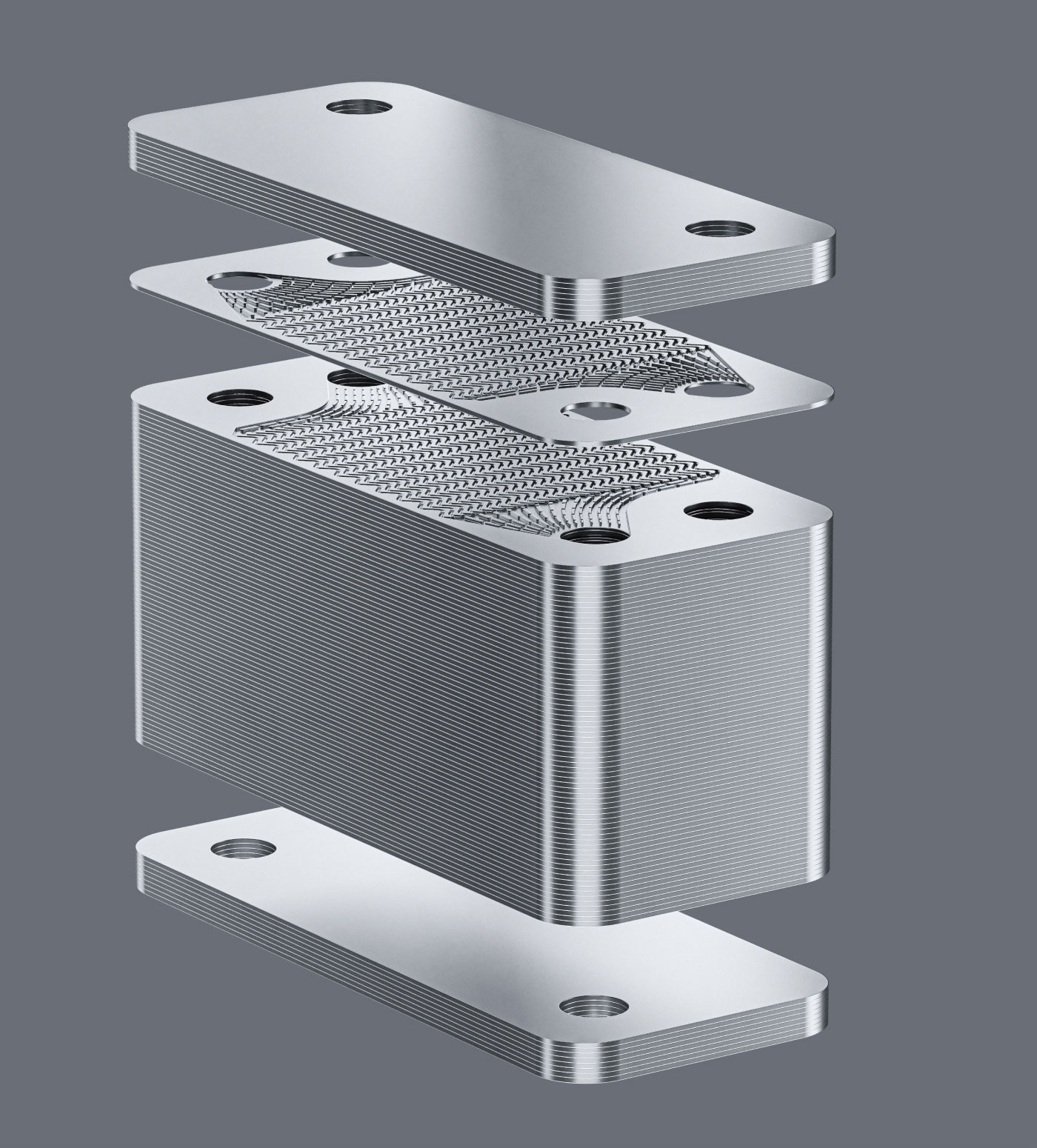
There are several steps involved in the diffusion bonding process:
Cleaning
The metal surfaces to be bonded are cleaned to remove any contaminants that could interfere with the bonding process.
Clamping
The metal surfaces are placed in a clamping fixture, which holds them in place during the bonding process.
Heating
The metal surfaces are heated to a temperature that is high enough to allow the atoms to migrate and intermix.
Applying pressure
Pressure is applied to the metal surfaces to help bring them into close contact and facilitate the bonding process.
Cooling
The metal surfaces are allowed to cool to solidify the bond.
Advantages
Diffusion bonding is an advanced process for joining stainless steel elements. This method is based on the principle of solid-state diffusion, in which the atoms of two solid, metallic surfaces intersperse over time.
High strength
Diffusion bonding produces a high-strength bond between the metal components, making it suitable for applications that require a strong, durable connection.
No external filler material
The bonding process does not require the use of a brazing alloy or other external filler material, which can reduce the weight of the final product.
No porosity
Diffusion bonding eliminates any porosity that may be present in the metal components, which can affect the strength and reliability of the bond.
No contamination
The bonding process does not introduce any contaminants into the metal components, which can help to preserve the integrity of the material.
No stress concentrations
High pressure and uniform heating used in the diffusion bonding process result in a bond with minimal stress concentrations, which can improve the overall reliability and performance of the final product.
Ability to join dissimilar materials
Diffusion bonding can be used to join a wide range of metal alloys, including dissimilar materials such as aluminum and steel.
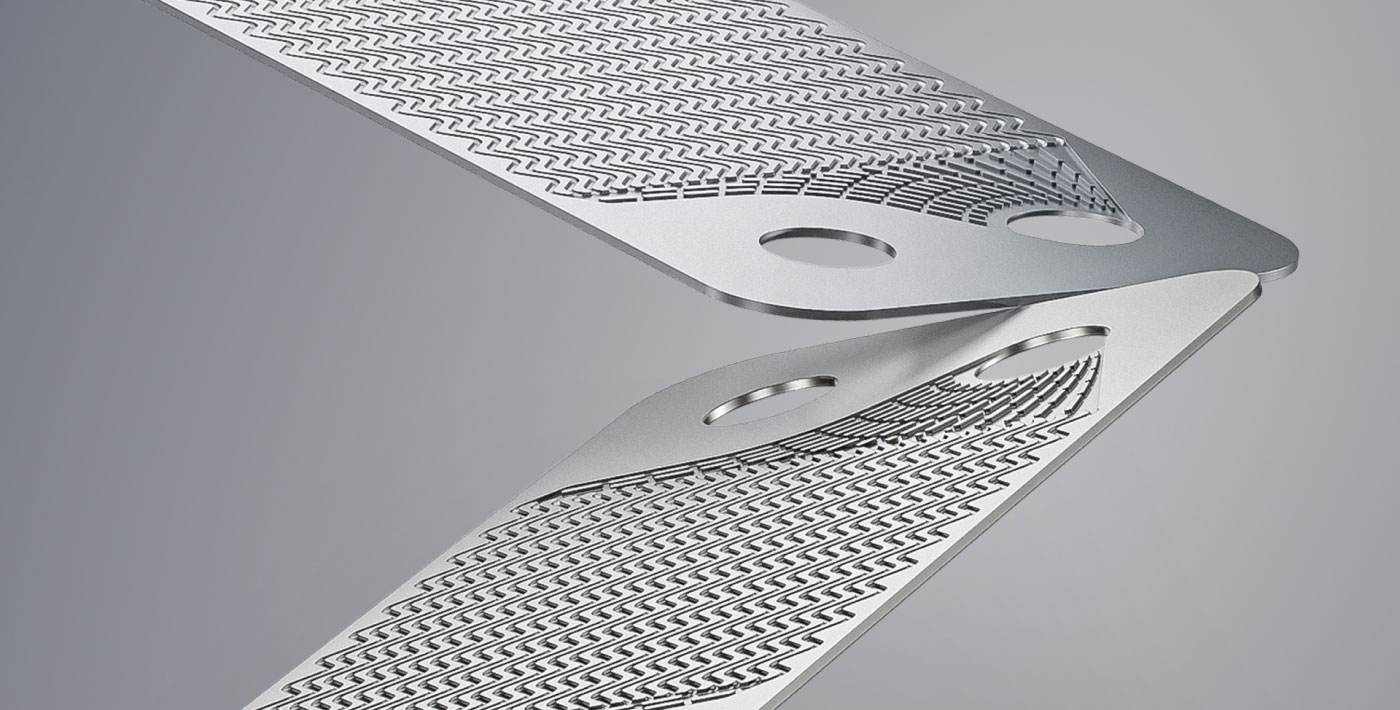
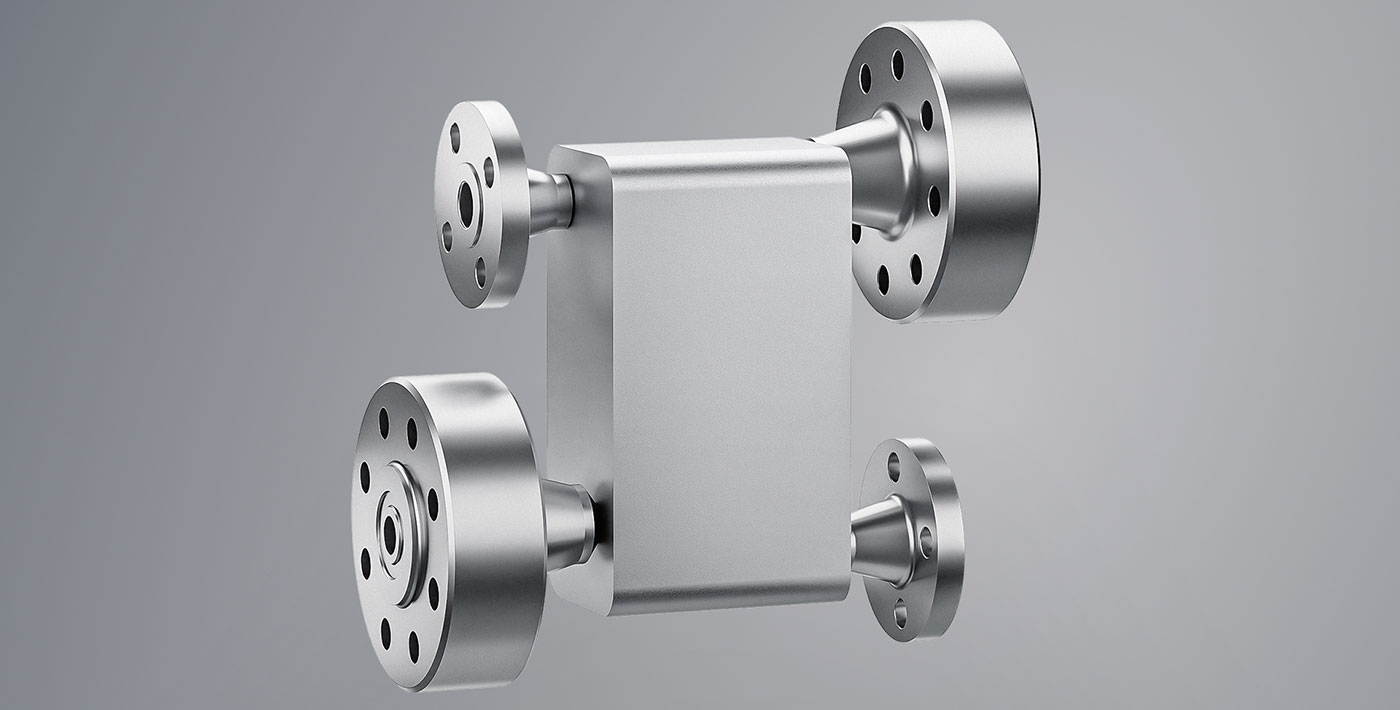
Difussion Bonding at AIC
The diffusion bonding process creates a strong bond, which makes the AIC’s components exceptionally durable, so they can withstand extreme conditions and deliver utmost reliability. Additionally, the ability to join two metals together with a low-heat requirement allows us to create complex geometry of our products.
Outstanding performance at high pressure combined with a compact design distinguishes AIC’s diffusion-bonded heat exchangers. In-house-designed flat plates with properly etched microchannels are stocked in layers, one on top of the other, forming the core of the device. The stack is inserted into a diffusion bonding furnace, where, in a controlled atmosphere, it is heated up (below the melting point of the material) and evenly loaded with uniaxial pressure.
As a result of the process, a block of structurally integrated material is obtained. All key features related to DBHE heat exchangers, such as their durability, compactness, and effectiveness, make them an excellent solution for applications demanding reliability under extreme working conditions: high pressure, elevated temperatures, and temperature differences. A compact design allows for the use of DBHE in applications constrained by size and weight.
